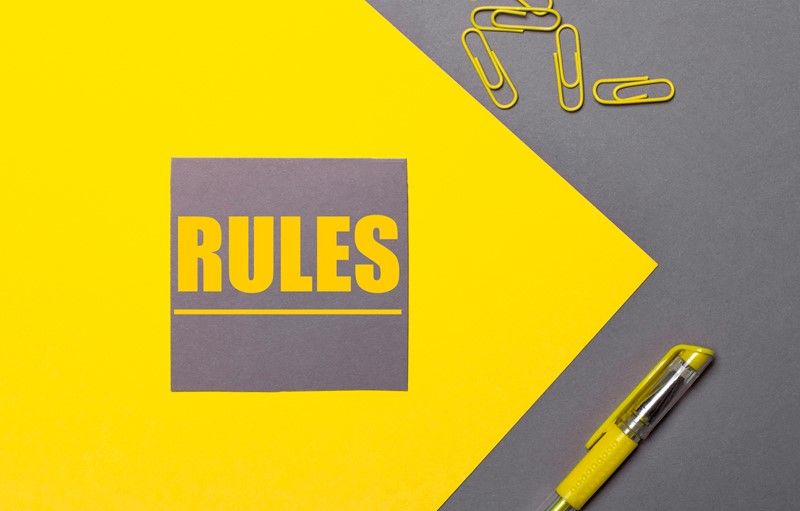Verifying identity at Companies House – From April 2025
New rules under the Economic Crime and Corporate Transparency Act mean identity checks will soon be required at Companies House. From directors to agents, all those running UK companies will need to verify who they are as part of tougher anti-fraud measures.
This Act enhances Companies House's powers to combat the abuse of corporate structures and address economic crime. Among its provisions was the introduction of identity verification for individuals who are setting up, running, owning, or controlling a company in the UK. Ultimately, identity verification will be a compulsory part of the incorporation process and necessary for appointing new directors and PSCs.
Authorised Corporate Service Providers (ACSPs)
Since 18 March 2025, Authorised Corporate Service Providers (ACSPs) have been required to verify their identity if they wish to register as a Companies House authorised agent. ACSPs include individuals or organisations that carry out Anti-Money Laundering (AML) supervised activities.
From 8 April 2025, ACSPs registered as authorised agents will be able to verify their clients' identities. In the future, businesses will also need to be registered as authorised agents to file documents on behalf of their clients.
Directors, Persons with Significant Control (PSCs
From 8 April 2025, individuals such as company directors and persons with significant control (PSCs) will have the option to voluntarily verify their identity. In the future, this will become a mandatory legal requirement.
People who file at Companies House
Identity verification is not yet mandatory for individuals filing at Companies House. In the future, this will change and become a legal requirement.




